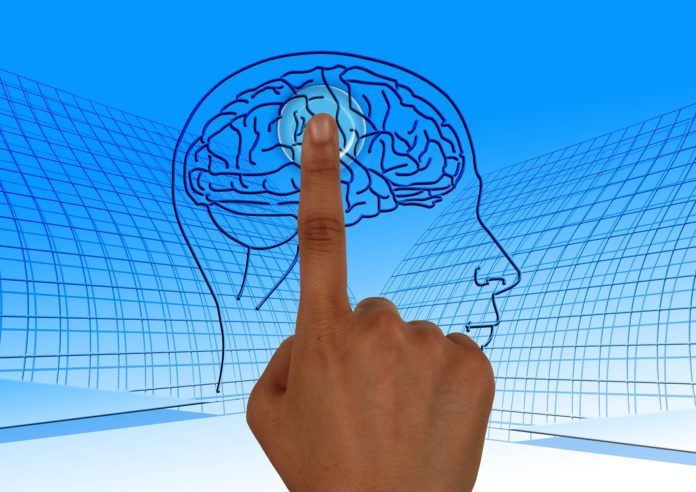
New study shows when brain regions do not work in tandem conditions such as schizophrenia, bipolar disorder, and major depression can occur
Discordance between different regions of the brain could lead to attention deficit disorders.
Researchers from Case Western Reserve University School of Medicine have discovered how two brain regions work together to maintain attention. If they do not work in tandem, it could lead to attention deficit disorders, including schizophrenia, bipolar disorder, and major depression.
People with attention deficits have difficulty focusing and often display compulsive behavior. The new study suggests these symptoms could be due to dysfunction in a gene–ErbB4–that helps different brain regions communicate. The gene is a known risk factor for psychiatric disorders, and is required to maintain healthy neurotransmitter levels in the brain.
In a study published in the current issue of Neuron researchers showed mice lacking ErbB4 activity in specific brain regions performed poorly on timed attention tasks. The mice struggled to pay attention and remember visual cues associated with food. Neuroscientists describe the kind of thought-driven attention required for the tasks as “top-down attention.” Top-down attention is goal-oriented, and related to focus. People who lack efficient top-down attention are at a higher risk for attention deficit hyperactivity disorder (ADHD). The study is the first to connect ErbB4 to top-down attention.
symptoms could be due to dysfunction in a gene–ErbB4–that helps different brain regions communicate. it is a known risk factor for psychiatric disorders
“The results reveal a mechanism for top-down attention, which could go wrong in attention disorders. And since ErbB4 is a risk factor for schizophrenia, bipolar disorder, and major depression, the results provide insights into mechanisms of these disorders,” says corresponding author Lin Mei, PhD, professor and chair of the department of neurosciences at Case Western Reserve University School of Medicine.
According to the new study, ErbB4 coordinates a cascade of brain signals that “bridge” the two regions. ErbB4 itself encodes a receptor found on the surface of brain cells. The study found that when a protein (neuregulin-1) attaches to the ErbB4 receptor, it triggers a chain reaction that ultimately determines neurotransmitter levels in the prefrontal cortex and hippocampus. Without ErbB4, neurotransmitter levels go awry.
The researchers discovered mice lacking ErbB4 have low levels of a particular neurotransmitter–GABA, or gamma-aminobutyric acid–in their brain. Low GABA levels can lead to impaired top-down attention in the prefrontal cortex, and impairs how the prefrontal cortex can efficiently coordinate with the hippocampus. The researchers concluded that ErbB4 helps link the two brain regions to maintain attention.












